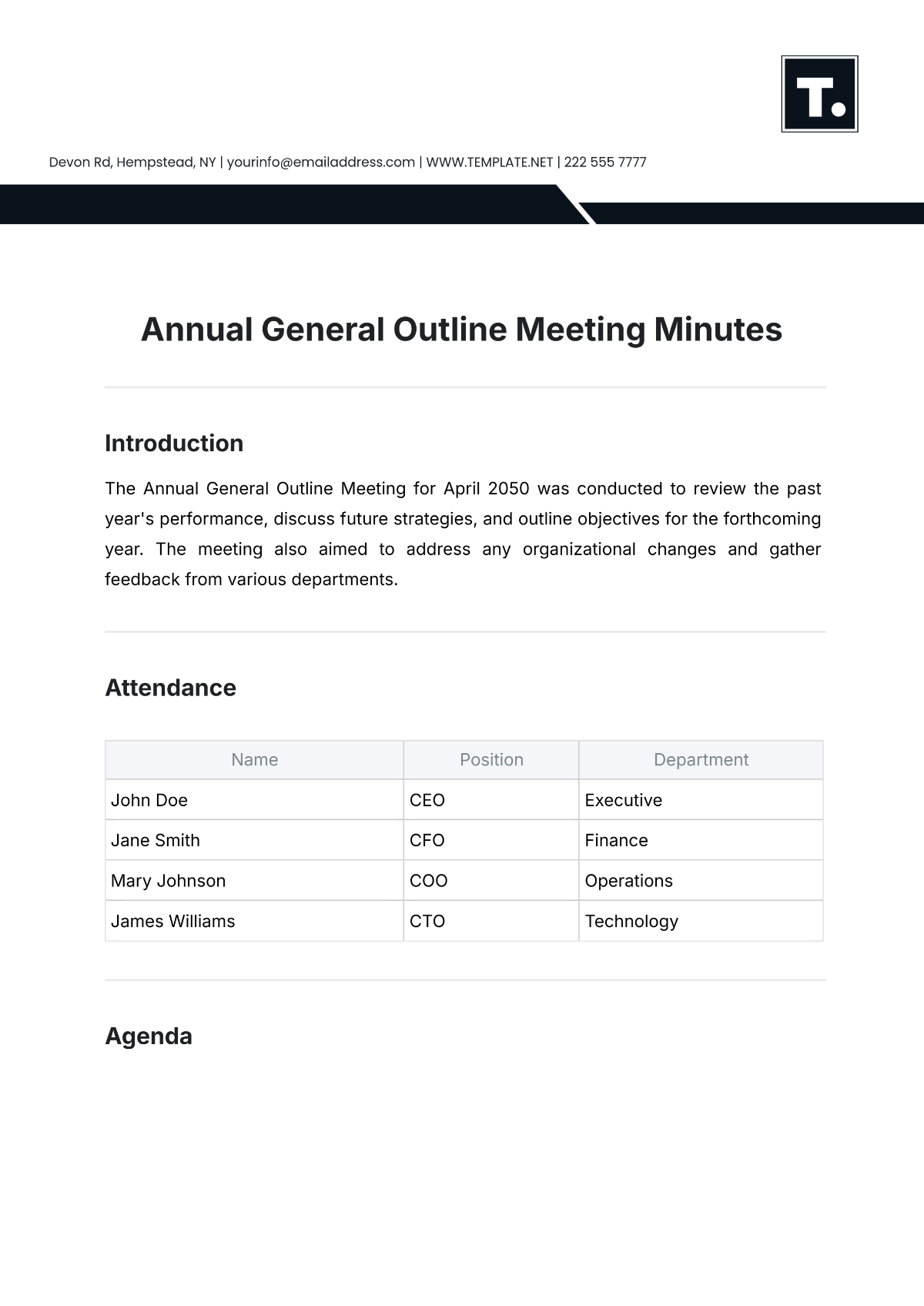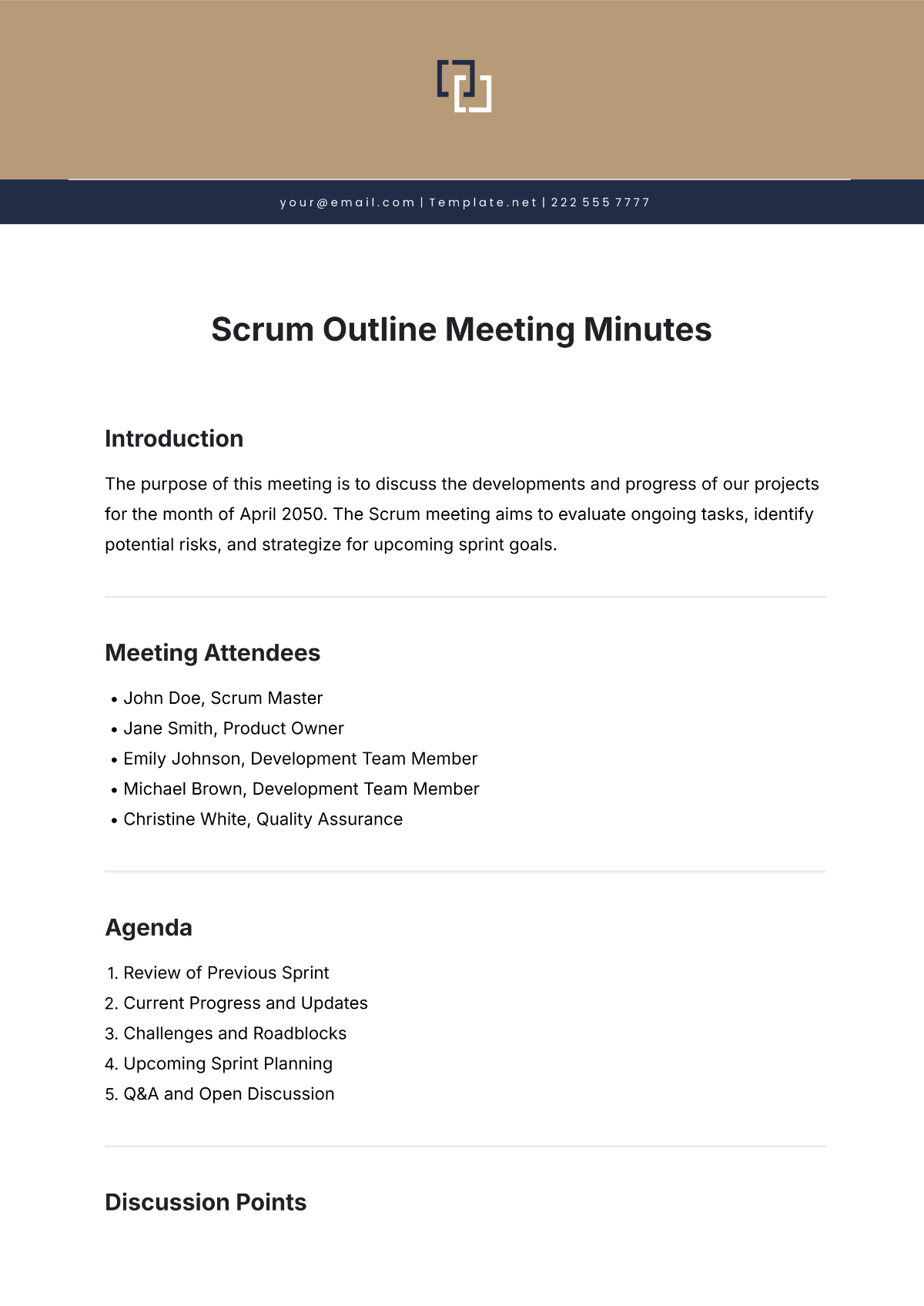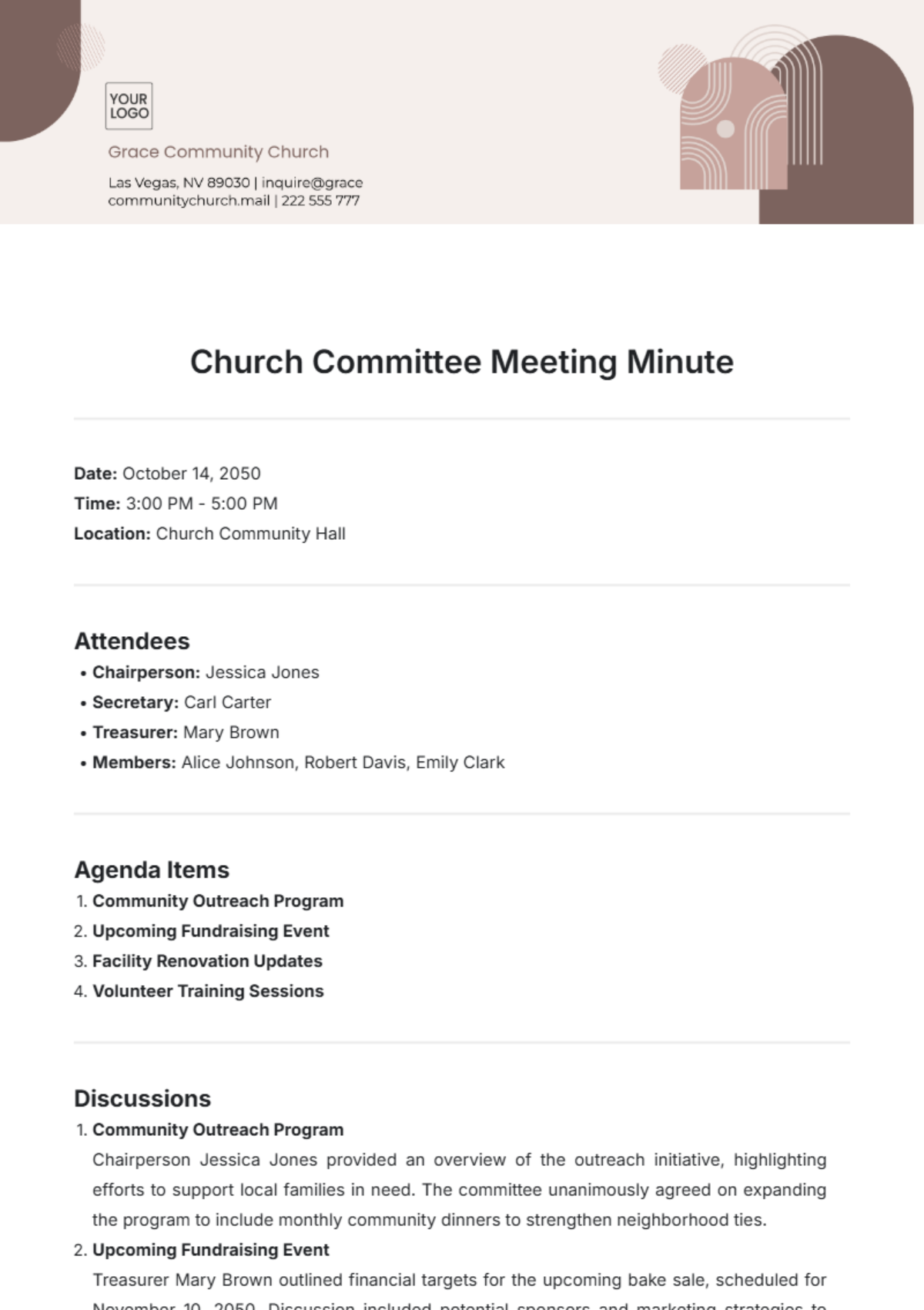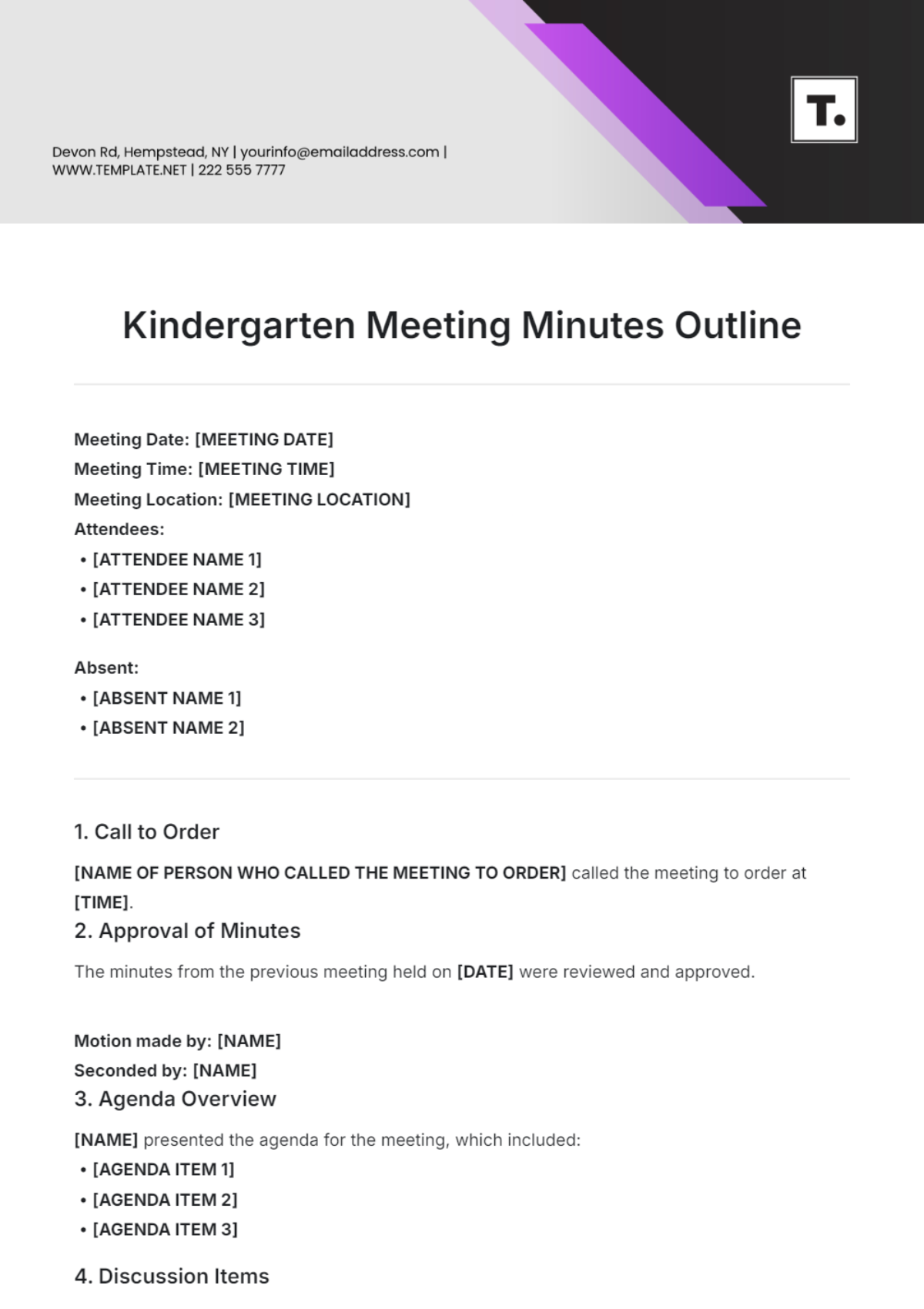Make Your Meeting Documentation Easy and Efficient with Committee Meeting Minutes Templates from Template.net.
Keep your meetings organized and your team aligned with Committee Meeting Minutes Templates from Template.net. Ideal for office managers, team leaders, and secretaries, these templates make capturing key decisions and action points a breeze. Whether you're facilitating a monthly board meeting or a strategic committee session, ensure that all critical information is accurately recorded and easily accessible. Each template includes sections for attendee names, discussion points, and follow-up actions, guaranteeing nothing is overlooked. You don't need to be a professional writer or have specialized skills to use these templates. They come with clean, professional-grade designs that are printer-friendly and ready for digital distribution.
Discover the many meeting minutes templates we have on hand to suit all your documentation needs. Choose from a wide array of customizable layouts and swiftly adapt them by inputting titles, headers, and specific content as needed. You can tweak colors and fonts to match your organization's brand identity. Enhance your minutes by dragging and dropping graphics or symbols that fit your narrative. For those looking to add even more flair, consider adding animated effects or employing AI-powered text tools for seamless text integration. Since our templates are regularly updated, you’ll always have fresh, innovative designs at your fingertips. When you’re finished, download or share your minutes via email, print, or save them as a PDF for later reference, making them ideal for multiple channels and collaboration in real-time.

















































